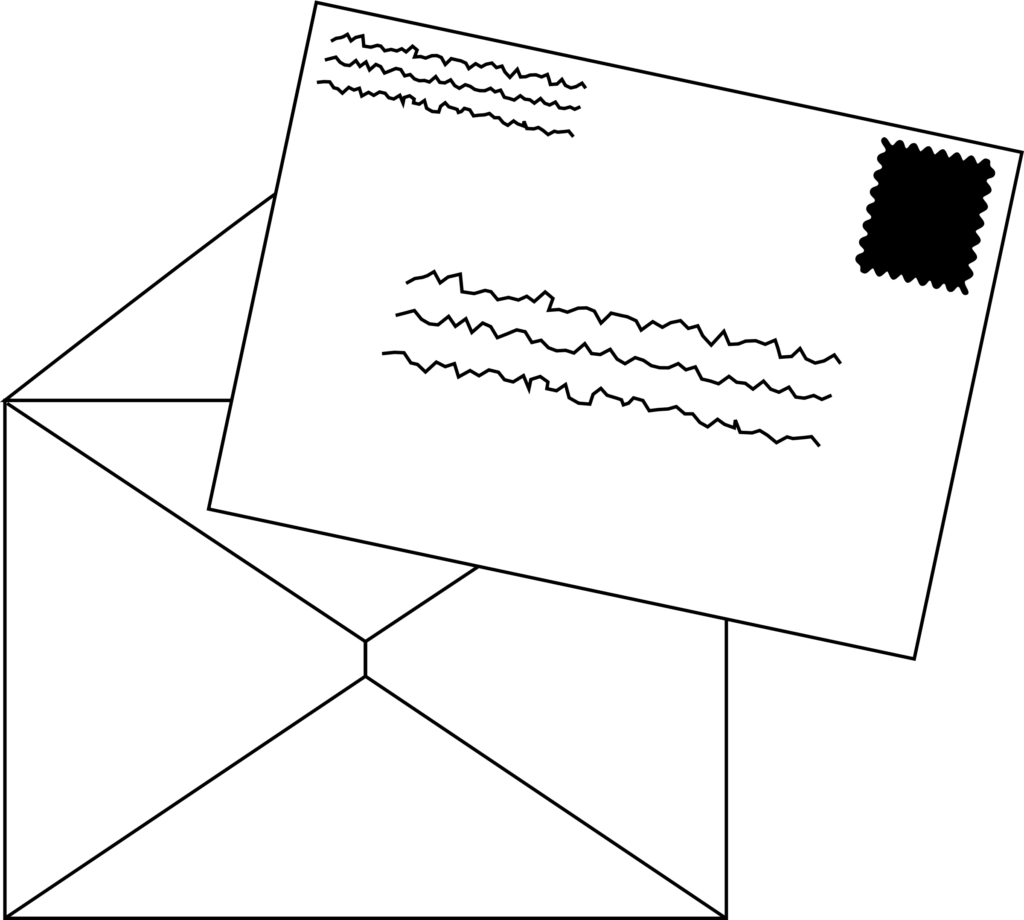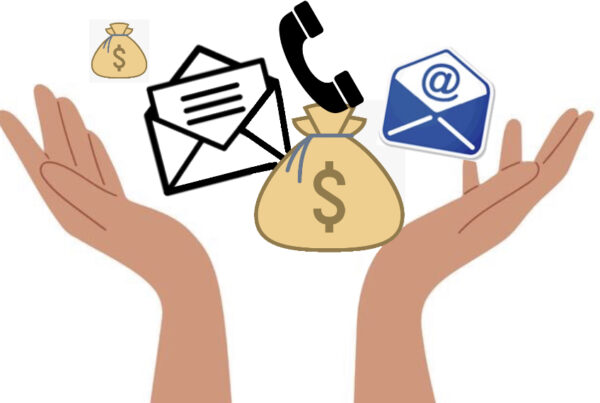In this multi-post blog series, we will outline basic ways you can build a successful fundraising strategy at your nonprofit. Be sure to check back in!
Thus far in our mini-series on fundraising at a small nonprofit, we’ve focused on how to attain gifts. Solicitation.
It’s time to talk about stewardship.
Not to get too technical here, but let me begin with a couple definitions.

Stewardship Plan – A stewardship plan is an organization’s plan to ensure donors receive the gratitude, information, and attention that is required to keep them engaged as donors and partners in the work of your mission.
That’s different than an acknowledgement letter.

Acknowledgement Letter – a thank you letter that also serves tax purposes. It is a letter from the Executive Director of your organization or other representative that thanks the donor for their recent gift, includes an exact amount, and has appropriate terminology to serve as proof that the donor made a donation and that this donation can then be reported in their annual tax filings.
To be successful as a fundraising shop – by which I mean, to create sustained philanthropic revenue that will help advance your organization’s mission over a long period of time – you need a full stewardship strategy. And that begins with a good plan for processing and writing acknowledgement letters.
We hear it said all the time in the business world: it costs 3 to 4 times as much to get a new customer as it does to keep an existing one. The same is true for fundraising. It is much more costly to get new donors than it is to keep your existing ones.
Make sure your donors feel appreciated. You want to keep them.
Your organization should have an air-tight stewardship strategy, so your donors feel invested in your mission and will continue to support it.
Here are five questions you can ask to ensure that your acknowledgement letters are serving the purpose of good stewardship:
How long does it take you to send an acknowledgement letter?

Studies show that donors want timeliness, not exactitude, in thank you letters. It is more important that you get your letters out fast than it is to get them exactly right.
The turnaround time for acknowledgement letters should be no longer than one week, meaning donors should receive their acknowledgement no later than two weeks after making a gift.
When you are fortunate to receive a really big gift, especially one you’ve been working on through 1-on-1 cultivation, pick up the phone and call to say thank you as soon as you get it! Don’t wait. And don’t worry about having an exact thank you script. Pick up the phone. Keep it personal. Let the donor know the gift was received. And let them know how grateful you are.
If you’ve got an inspiring story in your back pocket, ask the donor if you can share a quick story with them. Tell the story. Say thanks again. And let the donor get back to their day.
Be timely.
Does your acknowledgement letter inspire?

Your letter serves a practical – actually, legal – purpose. The donor keeps that letter on file for tax purposes. (Another reason to get it out the door quickly.)
But always, always remember that philanthropy is about the heart. Giving is about inspiration. It is a human activity.
So make your letters human.
That story I mentioned earlier – the one you’ve always got in your back pocket to connect the donor with the heart of your mission – put that in the letter.
Remind the donor of the face of your mission. Who are they helping? What cause are they advancing? What difference are they making?
Keep it short and sweet. They don’t want to read a tome. But use the little space you’ve got in the letter to include some mission language. Talk about the bright future the donor is helping actualize. Mention an exciting initiative around the corner. Remind them of the successes you had last year.
Don’t just thank. Inspire.
Do you enable the donor to visualize your mission?

I’ll say it again. There is something unique about a face. The human face is powerful. It reminds us of life. And life is sacred.
Put a face on your acknowledgement letter.
What lives is your donor changing? What lives is your donor saving?
Remind them of the human aspect of their donation. You will inspire them to give again.
Is your acknowledgement pleasing to look at?

Some very practical advice here: use color.
Does the physical presentation of your letter match the emergent, inspirational, anthropocentric nature of the words you are using? Does the material match the form?
Don’t simply put words on a page. Use your letterhead. Include the 501c3 information. But make the letter itself – the physical aspects of it – likewise inspirational.
Do you make your donors feel appreciated?

The main idea of an acknowledgement letter is not to ask for more money in the future or ask anything of the donor, but simply to THANK them.
That’s the theme of your letter. And that should be the beginning and end. You’ll have plenty more opportunities to ask them for money in the future. Don’t fall prey to opportunist temptations and place a solicitation direclty in your appeal letter.
The only purpose of the letter is to make your donors feel appreciated. The purpose is stewardship. And the payoff is both ethical and practical. You’ve got a moral obligation simply to say thank you – to ensure the donor that their money is well-invested. You are a steward of their generosity, after all.
But also, donors that don’t feel appreciated won’t give again.
Be sure that your stewardship strategy is designed to build trust, confidence, and hope in your donor base. You’ll build a sustainable philanthropic pipeline. You’ll create a sense of energy among your constituents. And you just may change the world in the process.



